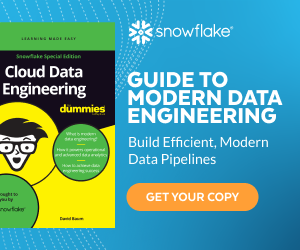Machine Learning vs. AI
Machine learning and artificial intelligence have become popular buzzwords. Perhaps it's the buzz that has led to the common mistake of the two terms being used interchangeably. While ML and AI do belong in the same conversation, it's unfair and misleading to pit them against each other as machine learning vs. AI.
They can be employed symbiotically. Often, they should.
To do so, we must understand the clear-cut characteristics differentiating the two.
BREAKING DOWN MACHINE LEARNING VS. AI
WHAT IS AI?
Artificial Intelligence (AI) is the better starting point for such a conversation. AI is the broad science of training machines (i.e., computers) to execute human tasks. AI maintains that a computer can absorb information from its surroundings and learn accordingly, just like a human would.
AI patterns itself after human abilities; science emulating humans. Imitation, after all, is the sincerest form of flattery.
Within AI there are are applied intelligence and general intelligence. As innovations in AI advance the field, specializations and nuances emerge.
APPLIED INTELLIGENCE VS ARTIFICIAL INTELLIGENCE
Applied intelligence is the branch of AI that focuses on a system's ability to match or surpass human intelligence for a specified task. Applied intelligence incorporates analytics and automation into the AI process.
Applied intelligence removes the abstraction from AI and -- quite literally -- applies direction to the associated machines.
Innovations under the AI umbrella will continue to drive practices and fine-tune terminology.
CAN THERE BE ARTIFICIAL INTELLIGENCE WITHOUT MACHINE LEARNING?
Industry experts still disagree. This ambiguity may just be a case of semantics. As you might be realizing, the always-evolving states of AI and ML create moving targets when it comes to definitions.
Some believe there'd be no artificial intelligence without machine learning. Others believe they could exist exclusively, but can only be of great value when paired.
WHAT IS MACHINE LEARNING?
Machine learning is an application of AI that enables systems to learn automatically and improve through experience absent of explicit programming.
Simply, ML is a process of instructing machines how to learn from data.
Machine learning models churn a cycle of learning and improving. The models ingest data and generate predictions based off of algorithms. The data then serves to inform and fine-tune the model.
So it's not a case of machine learning vs. AI, but empowering AI through ML.
Machine learning only gets better with more data. Embracing data science, machine learning and AI leads to improved BI.
SNOWFLAKE: AI & ML
Snowflake is empowering cutting-edge technologies like machine learning (ML), artificial intelligence (AI), and generative AI to enhance data-driven decisions. With generative AI, teams can discover precisely the right data point, data asset, or data insight, making it possible to maximize the value of their data.
That’s why Snowflake has recently acquired three companies that are helping bring advanced AI and deep learning to the Data Cloud:
- Neeva, a search company founded to make search even more intelligent at scale. Neeva created a unique and transformative search experience that leverages generative AI and other innovations to allow users to query and discover data in new ways.
- Streamlit, which developers use as their go-to platform to experiment and build LLM-powered, generative AI apps.
- Applica, which uses deep learning to sort information, regardless of data type.
Learn more: Using Snowflake and Generative AI to Rapidly Build Features
